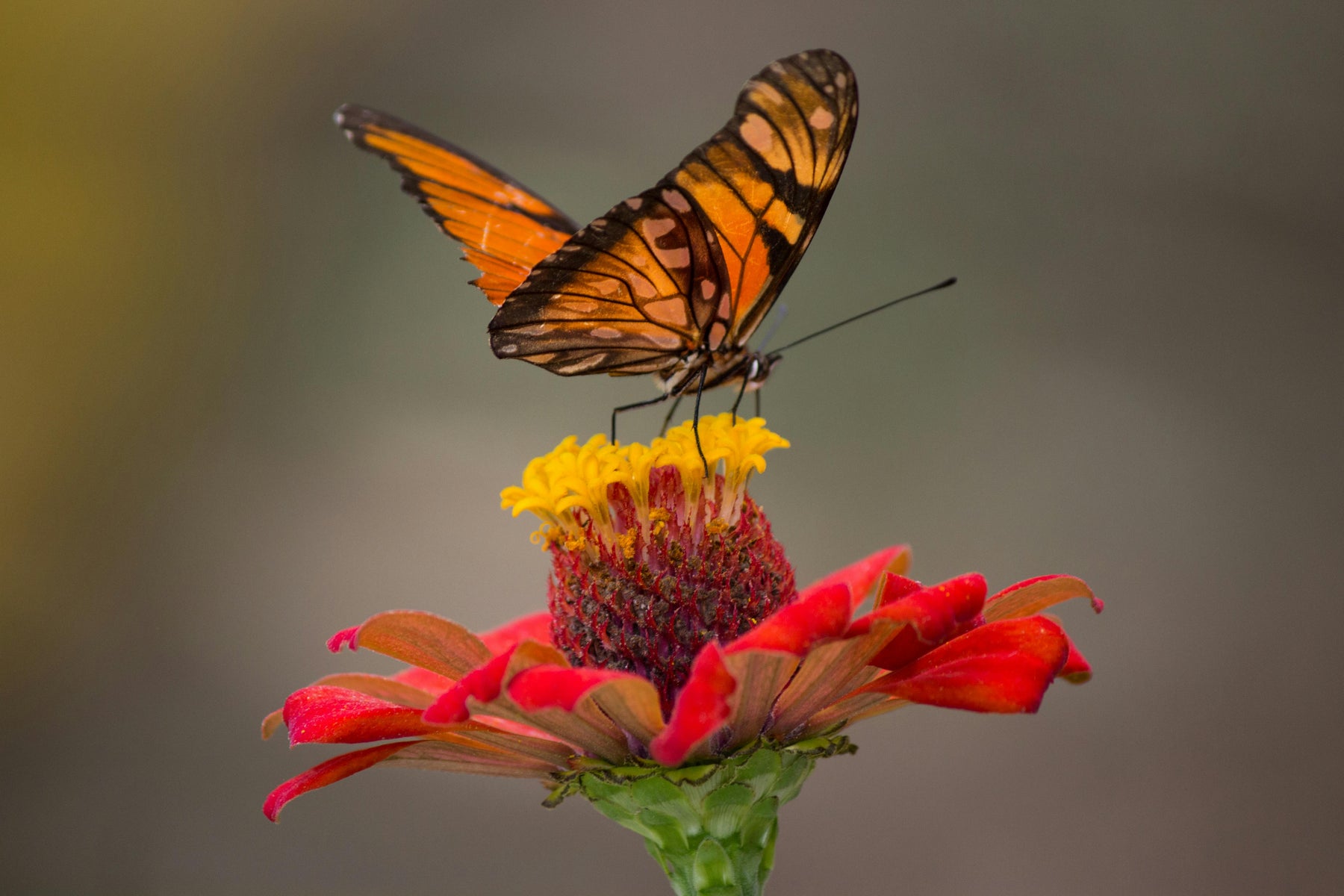
Pollinator-Friendly Gardening: Nurturing Nature's Essential Allies
In the symphony of life that thrives in our gardens, pollinators play an indispensable role, acting as the crucial link in the reproductive chain of most flowering plants. These tireless workers, including bees, butterflies, birds, bats, and other insects, are fundamental not only for the beauty of our gardens but for the production of a significant portion of the foods we eat. Despite their vital importance, pollinators face unprecedented threats from habitat loss, pesticide use, and climate change. Creating a pollinator-friendly garden is a step every gardener can take to support these essential creatures, contributing to the health of our planet's ecosystems.
The Importance of Pollinators
Pollinators are at the heart of the ecological balance, facilitating the fertilization of plants by transferring pollen from the male structures of a flower to the female structures. This process leads to the production of fruits, seeds, and the next generation of plants. According to the Food and Agriculture Organization of the United Nations, out of the approximately 100 crop species that provide 90% of food supplies for 146 countries, 71 are pollinated by bees. Beyond agriculture, pollinators support healthy ecosystems that clean the air, stabilize soils, and support other wildlife.
Steps to Create a Pollinator-Friendly Garden
- Plant Native Species
Native plants are the cornerstone of pollinator-friendly gardening. These plants have evolved alongside local pollinators and are often more attractive to them than non-native species. Native plants also require less maintenance and are more resilient to local pests and diseases. Research the native plants of your region and include a variety that blooms at different times of the year to provide a consistent food source for pollinators.
- Offer a Variety of Flowers
Diversity is key to a successful pollinator garden. Plant a mix of flower colors, shapes, and sizes to attract a wide range of pollinators. For example, tubular flowers like foxglove are favored by hummingbirds, while flat-topped flowers such as Queen Anne's lace are perfect for butterflies and bees. Planting flowers in clumps rather than singly can also make it easier for pollinators to locate their food sources.
- Create Nesting Habitats
Pollinators need safe places to nest and overwinter. Leave some areas of your garden undisturbed and wild to provide natural habitat. You can also create specific habitats, such as bee hotels for solitary bees, or leaving dead wood for beetles and other insects. Remember to include a source of water, such as a shallow bird bath or a saucer filled with pebbles and water, for pollinators to drink and bathe.
- Go Chemical-Free
Pesticides and herbicides can be harmful or even deadly to pollinators. Adopt organic gardening practices to protect them. Use physical barriers or natural predators to manage pests, and pull weeds by hand. If you must use a pesticide, choose one that is least harmful to pollinators, and apply it at night when most pollinators are less active.
- Educate and Advocate
Sharing your knowledge and passion for pollinator-friendly gardening with friends, family, and community can amplify your impact. Advocate for pollinator-friendly practices in your community gardens, schools, and local government. Encouraging others to make small changes in their gardening practices can collectively lead to significant positive effects on pollinator populations.
The Ripple Effect of a Pollinator-Friendly Garden
The benefits of creating a pollinator-friendly garden extend far beyond the borders of your own garden. By supporting pollinators, you contribute to the health of larger ecosystems, ensuring the production of food and the reproduction of many plant species. Your garden becomes a sanctuary for these essential creatures, offering them the resources they need to thrive. In turn, pollinators enrich your garden, increasing its productivity and vitality.
Moreover, engaging in pollinator-friendly gardening connects you with the natural world in a profound way. It offers an opportunity to observe the intricate interactions between plants and pollinators, fostering a deeper appreciation for the complexity and beauty of life on Earth.
Conclusion
The decline in pollinator populations is a pressing environmental issue, but it's one that we can all help address through thoughtful gardening practices. By creating pollinator-friendly gardens, we not only enhance the beauty and productivity of our own spaces but also contribute to the health and resilience of our planet's ecosystems. Let's embrace the role of stewardship for these vital creatures, ensuring a flourishing, biodiverse world for generations to come.





Leave a comment